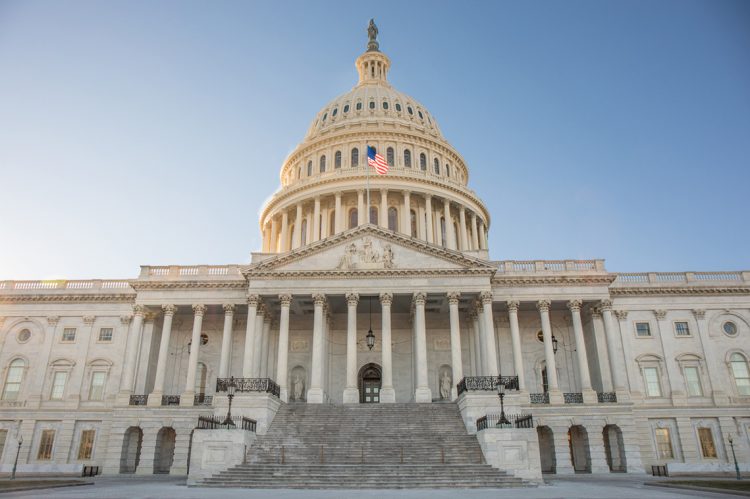With mortgage rates top of mind for real estate practitioners, the Federal Reserve provided a jolt of hope—both for housing and the broader economy—as it announced a 25 basis-point rate hike Wednesday afternoon, signaling that the central bank is growing more confident in the battle against inflation.
With the federal funds rate now between 4.5% and 4.75%, the central bank is now two more same-sized hikes away from its previously announced target of over 5%, which members have indicated is likely to remain in place through the rest of the year as policymakers continue to monitor inflation data.
“This move marks a shift from the aggressive approach of 2022 to a more cautious strategy as we head into 2023,” said Bright MLS Chief Economist Dr. Lisa Sturtevant in a statement. “The modest rate increase, which has been telegraphed very clearly by Fed Chairman Powell, gives the Fed time to wait for more clarity in the economic data.”
Fed officials dropped significant hints about this most recent rate hike, seeking to prevent the kind of upheaval that could rattle markets. But a degree of uncertainty remains, mostly focused on the damage caused by last year’s aggressive 75 basis-point hikes, which is still rippling through the economy. Powell said explicitly in December that he was still waiting on those lagging indicators, even as recent data has remained consistently positive.
“The inflation data received over the last three months show a welcome reduction in the monthly pace of increase,” Powell said at a February 1 press conference following the most recent Fed meeting.
But he added that this was “not grounds for complacency.”
“While recent developments are encouraging, we will need substantially more evidence to be confident that inflation is on a sustained downward path,” Powell warned.
More interest rate increases are certainly coming. The Fed reiterated in its statement that it “anticipates that ongoing increases in the target range will be appropriate,” with Powell explaining that a smaller rate increase is meant to allow the central bank to monitor month-to-month economic data as it makes its decisions.
With mortgage rates already dipping almost a full percentage point since November, housing might be the first sector to benefit from the Fed’s slower pace—having also borne the brunt of its aggressive moves in 2022.
“While the Fed may be acting cautiously to monitor economic conditions, homebuyers seem like they are ready to jump back into the market,” Sturtevant said. “As the Federal Reserve eases off rate hikes, mortgage rates will stabilize or come down further, which should spur a strong spring housing market.”
Very early indicators point toward a housing rebound, but economists have remained cautious in their predictions about 2023, with most seeing a relatively flat market, marked by a handful of metros and regions that could see larger price or sale declines. Realtor.com® Chief Economist George Ratiu said that preliminary indicators this year offer more optimism both for the economy at large, and the housing market in particular.
“Economic growth remains on a cautiously optimistic path,” he said in a statement. ”Even with tech and real estate sector layoffs capturing headlines, the labor market remains on solid footing, with more open jobs than available unemployed workers…y a host of measures, the start of this year signals the possibility that the Fed may succeed in achieving the soft landing it has been aiming for.”
Ratiu cautioned that higher rates would continue to put pressure on the average consumer, however, through borrowing costs on cars, credit cards and adjustable-rate mortgages.
Powell made it clear the Fed was willing to raise rates higher than its previously stated 5% target, or at a faster pace based on economic data. Ensuring there is no rebound in inflation further down the line remains a priority, he emphasized.
“It’s very difficult to manage the risk of doing too little, and finding out in six or 12 months that we actually were close and didn’t get the job done—inflation springs back and we have to go back in, and now you have to worry about expectations getting unanchored,” Powell explained.
Sturtevant also warned that the outlook isn’t quite as rosy as the superficial data is indicating, calling the current snapshot of the economy “a bit of a hodgepodge.”
“Looking under the hood reveals some weaknesses, particularly in consumer spending,” she noted. “Overall inflation has fallen for six months in a row, though the prices of some goods, and especially services, remain elevated.”












